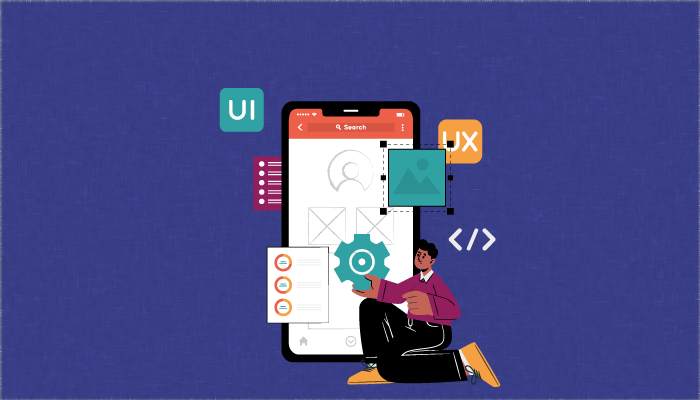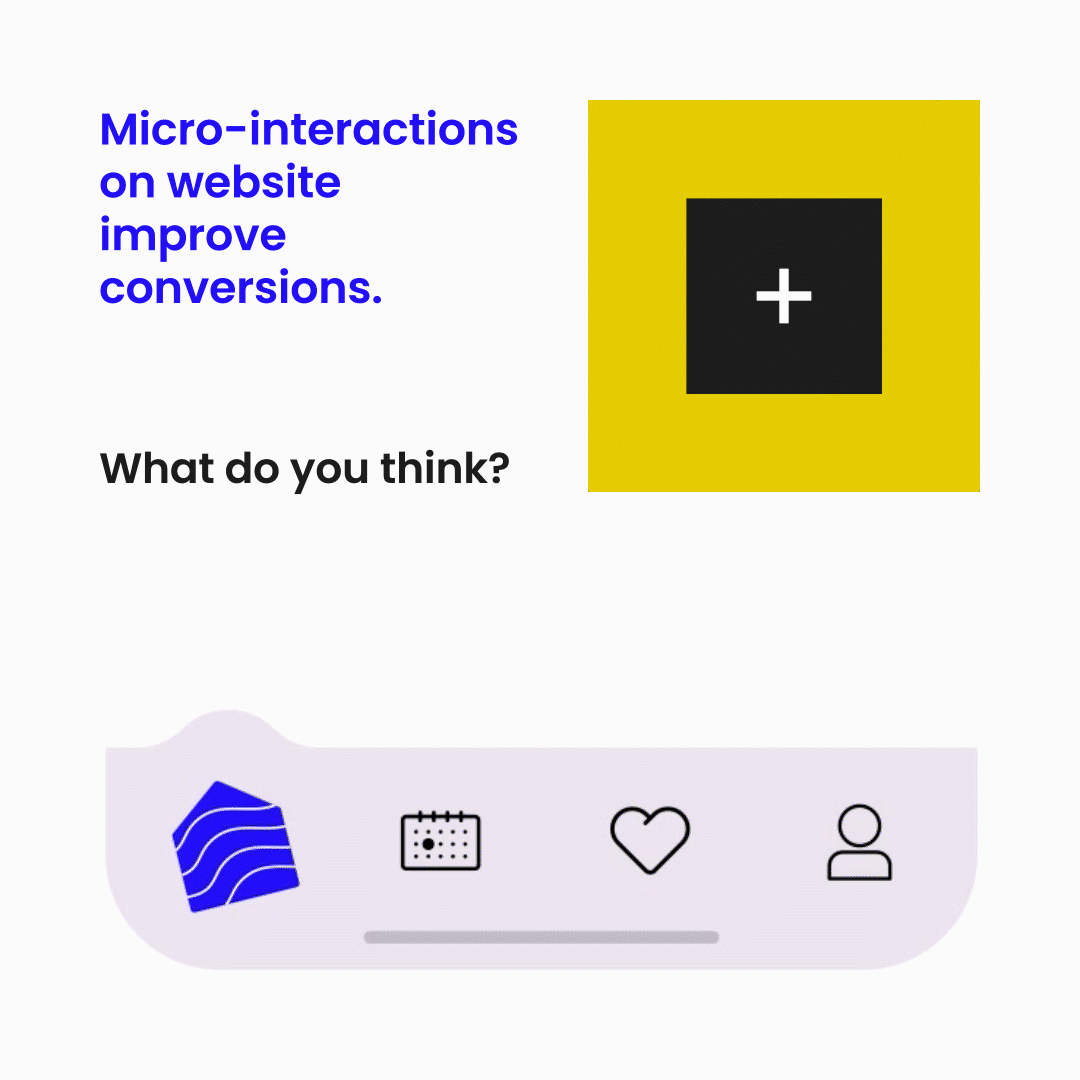Designing for the Mind

As technology continues to become an increasingly integral part of our lives, understanding how people interact with digital interfaces and products is more important than ever. Whether you are a designer, marketer, or simply someone interested in the fascinating world of human behavior, this blog is for you. So, let us dive in and explore the fascinating ways in which psychology and UX design intersect to shape our digital world!
If you cannot empathize, then you cannot provide a solution!
Psychology is necessary for UX design because it helps designers understand how people think, feel, and behave when using digital interfaces and products. By understanding the psychological factors that influence user behavior, designers can create interfaces and products that are more intuitive, engaging, and effective.
Cognitive psychology is the study of mental processes such as perception, attention, memory, and problem-solving. Understanding cognitive psychology is essential for designing interfaces that are easy to use and understand. It helps designers to create interfaces that are consistent, use clear and concise language, and follow established design patterns and conventions. Cognitive psychology can also inform the design of interfaces that guide users toward their goals.
My experience in this field has taught me that empathy is core to both UX design and psychology. If you cannot empathize, you cannot provide a solution.
User research is essential to understanding the audience you are catering to. Understanding the needs, preferences, and behavior of users is critical for creating a great user experience. This involves conducting user research, such as interviews, surveys, and usability testing, to gain insights into user behavior. Psychology provides the theoretical framework for understanding user behavior and developing research methods to gain insights into user needs and preferences.

The Spotify music streaming service is another example of a product that has leveraged insights from psychology to improve usability and accessibility. Spotify recognized that users often experience decision fatigue when presented with too many options, which can lead to frustration and a negative user experience. To address this issue, Spotify uses machine learning algorithms to analyze users’ listening habits and provide personalized recommendations that are tailored to their individual preferences.
By using insights from psychology, Spotify has created a more user-friendly and accessible platform. The personalized recommendations help users find the content they are most interested in, without having to sift through a large number of options. This improves the user experience and encourages users to spend more time on the platform and engage with more content.
Furthermore, Spotify has also incorporated social and emotional elements into the platform, recognizing that music is often a social and emotional experience for users. For example, users can share their favorite songs and playlists with friends, and they can also see what their friends are listening to. These social and emotional features help to create a more engaging and enjoyable user experience.
Tackle your own biases
Understanding psychology can help designers and UX professionals avoid biases that can get in the way of their work and understanding clients better.
Everyone has implicit biases, which are unconscious biases that can affect our judgment and decision-making. These biases are often based on characteristics such as race, gender, age, religion, or sexual orientation, and they can influence how we perceive and interact with other people, often without us even realizing it.
These biases can affect the way we perceive and interact with clients and can even influence the design decisions we make. By understanding the psychological factors that influence biases, designers can become more aware of their own biases and take steps to mitigate them.
Understand your clients

Growing empathy and perspective-taking can help designers better understand their clients and users. By putting themselves in the shoes of their clients and users, designers can gain a deeper understanding of their needs, preferences, and behaviors. This can lead to more effective communication, better collaboration, and ultimately better design outcomes.
Understanding the psychological factors that influence communication can help professionals communicate more effectively with their clients. This includes understanding nonverbal cues, active listening, and effective feedback.
Psychology also influences cultural perceptions and how we deal with cultural differences. Understanding these factors that govern cultural perception can help professionals interact more effectively with clients from diverse cultural backgrounds. By understanding the cultural norms and values of different client groups, professionals can communicate more effectively and build stronger relationships with those clients.
Some techniques that help!
Some psychological techniques that can help one connect with one’s audience better are Steven Bradley’s “Design Hierarchy of Needs”, Robert Cialdini’s six principles and Cognitive load theory. Let’s look into these theories to see how they can help us.
Design Hierarchy of Needs: ‘The Design Hierarchy of Needs’ is a framework that outlines the essential elements of successful design, starting with the most basic needs and progressing to more advanced needs. These needs are functional, reliable, usable, pleasurable and meaningful.
The framework is based on Maslow’s Hierarchy of Needs, which outlines the basic human needs that must be met in order for individuals to reach their full potential. Following this framework ensures that maximum potential is reached for every project one undertakes.
Robert Cialdini’s six principles: Robert Cialdini identified six principles of persuasion that can be used to influence people’s behavior. These principles are reciprocity, scarcity, authority, consistency, liking, and social proof. By understanding these principles and how they work, you can become more effective at persuading and influencing others.

Cognitive Load Theory
Cognitive Load Theory (CLT) is a psychological theory that explains how the human brain processes, stores, and retrieves information. The theory suggests that the brain has a limited capacity for processing information and that this capacity can be overwhelmed if too much information is presented at once. CLT is particularly relevant to the design of educational materials and interfaces, but it can also be applied to a wide range of design contexts.
The theory emphasizes the importance of instructional design in reducing cognitive load by presenting information in a manner that aligns with learners’ cognitive abilities. Strategies such as chunking information, providing clear and concise instructions, and offering scaffolding or guidance can optimize learning outcomes. By minimizing extraneous cognitive load and promoting germane cognitive load through meaningful learning activities, cognitive load theory aims to enhance comprehension, retention, and problem-solving skills.
I also suggest the books “Thinking, Fast and Slow” by Daniel Kahneman and “100 Things Every Designer Needs to Know About People” by Susan Weinschenk to learn more about the psychology behind UX design. Websites like UX Planet and Career Foundry also are very helpful.
That’s a wrap!!
One of the key takeaways from understanding psychology is that people are complex beings with their own unique thoughts, feelings, and experiences. As designers, it’s important for us to recognize this and create interfaces that are inclusive and accessible to everyone, regardless of their background or abilities.
For example, let’s say you’re designing a website for a restaurant. By understanding the psychology of color, you can choose colors that are inviting and appetizing, such as warm oranges and reds. By understanding the psychology of typography, you can choose fonts that are easy to read and convey the personality of the restaurant, such as a handwritten script or a classic serif font. But it’s not just about aesthetics. Understanding psychology can also help us communicate more effectively with our clients and build stronger relationships with them.

And there you have it, folks! Understanding psychology is like having a secret weapon in your design toolkit. By unlocking the mysteries of the human mind, we can create interfaces and products that are not only beautiful, but also effective, engaging, and inclusive.







